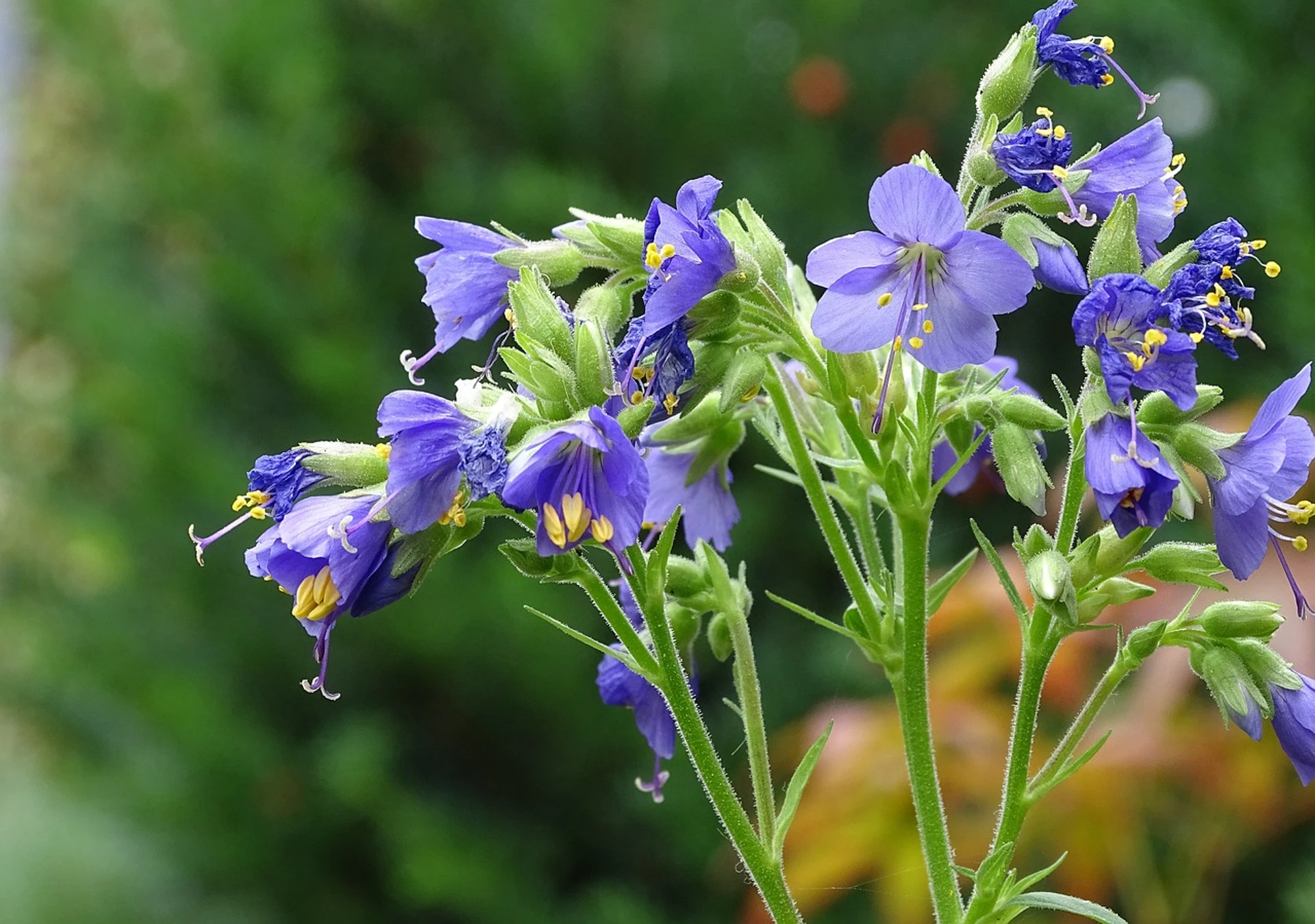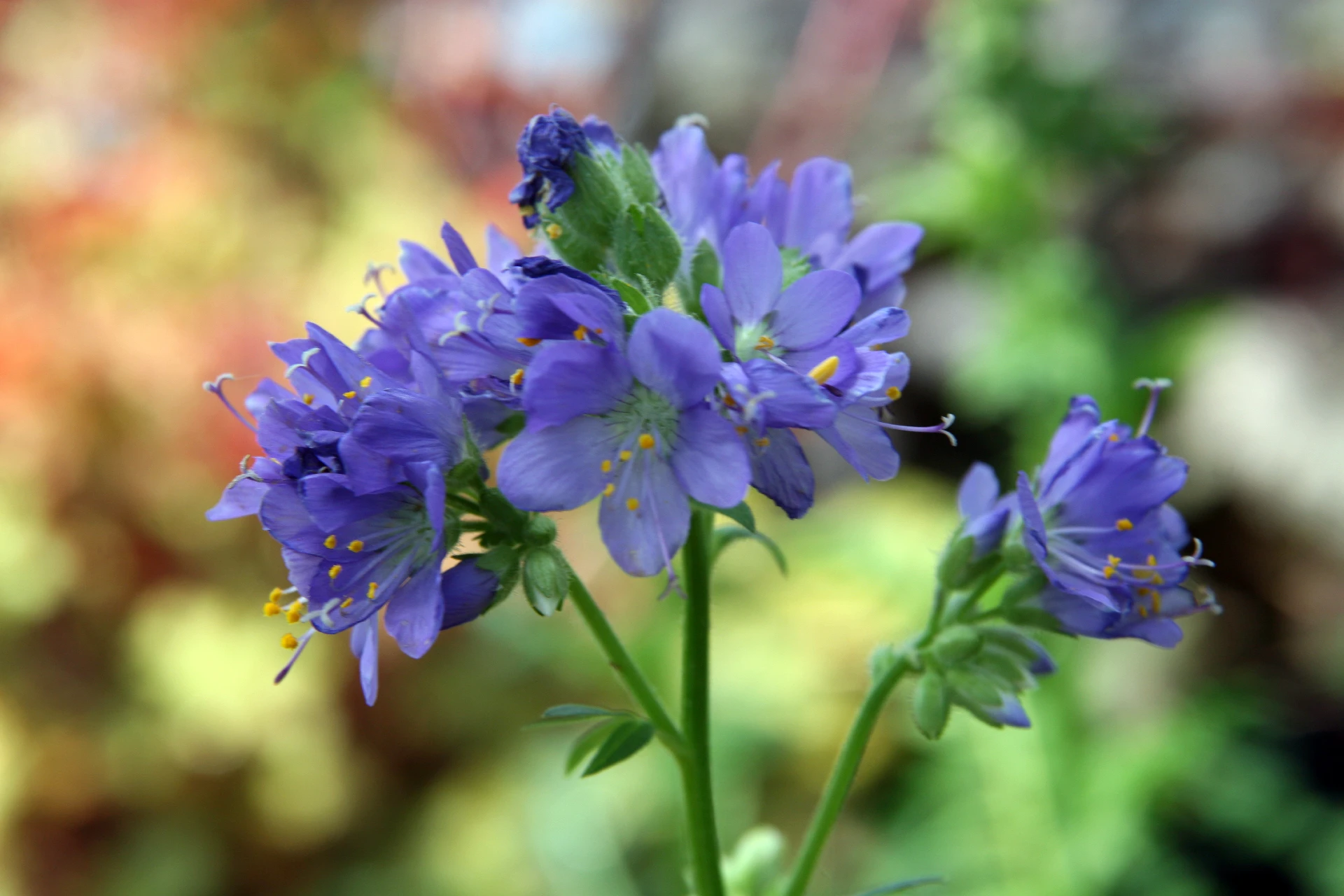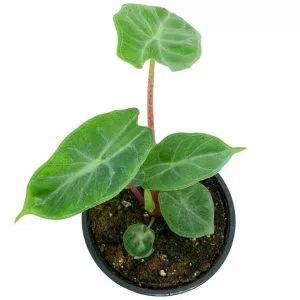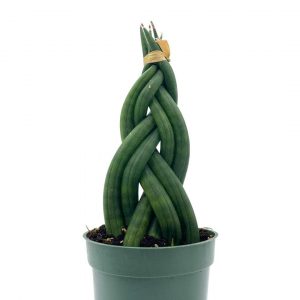No products in the cart.
The Jacob’s ladder plant, or Greek valerian, is a woodland plant with attractive bell-shaped flowers in deep blue.
The plant stands out with variegated foliage and thrives in a shade garden with well-drained soil and cool summer climates. 🤗
So if you want a plant to grow in partial shade, Jacob’s Ladder is what you need. It grows tall and will bloom in mid-spring, continuing into summer.
Plant Name: Polemonium caeruleum
Other Name: Jacob’s Ladder, Greek Valerian
Plant Type: Herbaceous, perennial
Native Areas: Asia and Europe
Light Requirement: Partial shade
Watering: Average
Fertilizer: Balanced fertilizer
Toxicity: Non-toxic
Temperature: Cool summers
Propagation: Division and seed
Growth: 12-30 inches tall, 12-24 inches wide
Soil Type: Acidic to neutral soil
USDA Hardiness Zones: 4-8
More About Polemonium Caeruleum

Jacob’s Ladder grows in woodland regions under tree canopies and along streams, as it thrives in moist soil. These plants are called ephemerals as they have a short growing season dying to the ground to disappear.
The entire plant grows from rhizomes and rises straight to form clumps with basal foliage seen in green or variegated green-white with an elliptic-shaped smooth leaf.
The white flowers form pendant clusters with downward-facing cup-like blooms with five petals on bright yellow stamens.
On mature plants, you see a post-bloom period with capsules forming containing several seeds. The leaves form a ladder in a pinnate fashion along the horizontal stems that are longer at the bottom.
The foliage can be hairy, and the main stems are purple, and when the growing season ends, they die to the ground.
The Jacob’s ladder plant can reach a height of 18 inches, primarily seen in the Polemonium reptans, while the Polemonium caeruleum can reach up to three feet.
So add them to your shade gardens to liven up that dull spot in the garden. Another notable thing is that these plants belong to the Phlox family.
Polemonium Reptans vs. P. Caeruleum
The main difference between the two species is that the Pelamonium reptans is a native species to North America and resembles P. caeruleum. Still, Polemonium reptans, also known as Stairway to Heaven, is short-lived and often behaves biennially as a native wildflower.
You rarely find them planted in a garden, but you can find cultivated varieties available and are on the threatened species list. Some standout false Jacob’s ladder plants are the Brise d’Anjou and Blue Pearl in this species. Still, it does not spread with creeping rhizomes but is self-seeding.
Types of Jacob’s Ladder
Here are some different kinds of Jacob’s ladders to grow in shady locations:
The variety Polemonium caeruleum ‘Album’ blooms white flowers.
The Polemonium caeruleum ‘Bambino Blue‘ flower color, as you guessed, is light blue.
The Polemonium caeruleum ‘Snow and Sapphires’ are variegated varieties and hardier than other species.
Polemonium reptans ‘Stairway to Heaven’ blooms blue flowers with variegated leaves, and in cool weather, the foliage has blushes of pink.
Jacob Ladder Plant Care
Growing Jacob’s Ladder prefers moist, well-draining soil in a shade garden where other species cannot flower. Feed your Jacobs ladder in early spring once the flowers fade and deadhead spent flowers to encourage reblooming.
Jacobs Ladder Light Needs

This low-maintenance plant thrives in shade, and the varieties with dark green leaves can handle more direct light than those with variegated foliage. Still, these variegated varieties cannot tolerate full sun.
Recommended Soil

Plant new plants in soil that drains well and retains moisture as it is more fussy about the moisture than the soil pH on the slightly acidic to neutral side. If grown in clay soil, it helps to amend it with some organic matter for good drainage
Jacob’s Ladder Thrive in Consistently Moist Soil
With regular water 💦 your Jacob’s ladder plant will have a longer bloom period to remain attractive into late summer. Keep the soil moist but prevent it from getting soggy. When there are dry periods, you can water more frequently.
Temperature and Humidity

The Greek valerian thrives in a semi-shady spot in cool 😎 summer climates and cannot handle high temperatures. Neither can it handle high humidity, as it can cause fungal diseases like leaf spots and powdery mildew.
Fertilizing Plant Jacob’s Ladder

In spring, at the start of the growing season, you can give your plants a balanced fertilizer when new growth appears. Then feed them again once you cut back the faded flowers in late spring.
Pruning
Most of the time, your plants need minimal maintenance. When the foliage looks tattered, you can cut it back to clean it up, as new growth will replace it. Alternatively, you can remove affected foliage throughout the year.
Overwintering
For winter preparation, you can cut them down in the fall after the first frost. Then place a thin layer of compost over the root system to prepare them for spring.
Propagating Jacob’s Ladder Plant
You can easily divide older plants every three to four years, or they will start to die in the center. These plants divide quickly, and here is how you can do it:
Find the plants you would like to separate, then unearth the clumps of the whole plant to see where you need to divide them.
Gently separate roots into sections and slice through them using the spade.
Then replant the sections into a spot but remember that Jacob’s Ladder prefers partial or dappled shade.
Moist the soil and keep your plants watered until they become established.
Keep the sections at the same depth as the previous mature plant when planting them.
How to Grow Jacob’s Ladder From Seed
When you have a Greek valerian, it will self-seed as a flowering plants. So, you can gather some of the dropped seeds to collect. You can direct seed the Jacob’s Ladder in spring or fall. All you do is loosely cover the seeds with soil. Water the ground, moisten them, and mark the spot where you sow seeds.
For indoor growing, you can sow seeds in pots with a potting mix about two months before the last frost date to transplant seedlings in spring. Or you can sow them in late spring to mid-summer to transplant in fall.
Seeds can germinate for up to a month; keep them in moist soil.
-
$11.99Sold By: BubbleBlooms
In stock
Alocasia Ivory Coast Variegated, Elephant Ear African Plant, Clear Green
Only 99 available and it’s in 1 people’s basketRated 4.81 out of 5 based on 279 customer ratings00Sold By: BubbleBlooms -
Free Shipping$9.96Sold By: CZ Grain
In stock
10 Saucer Magnolia Tree Seeds to Plant Trees
Rated 4.60 out of 5 based on 156 customer ratings00Sold By: CZ Grain -
Free Shipping$3.50 – $8.00Sold By: Chill Hill Farms
In stock
Gopherweed | Baptisia Lanceolata | Florida Native
Sold By: Chill Hill Farms -
Common Pests & Plant Diseases
The plant is reasonably problem-free, but you can still find some pests and diseases attacking your Jacob’s ladder plant.
First, you can get leafminers, which can be removed using neem oil treatment. Other bugs are slugs; you can deter them with eggshells around the plants or apply diatomaceous earth.
For diseases, you can find Jacob’s Ladder getting leaf spot which is preventable by pruning them to provide good air circulation and watering them in the morning.
Lastly, powdery mildew can also become a problem, and it helps to keep the foliage dry with water at the base of the plant instead of overhead.
Frequently Asked Questions
Jacob’s ladder flowers mostly in mid to late spring and will remain green with a few repeat blooms. Jacob’s Ladder prefers shade to encourage flowering and keeps the soil moist but not soggy. Once the flower color fades, cut the upright stems back to the base to encourage repeat blossoms.
You find the flower stalks in shades of lavender or purple, but some have white flowers to yellow and pink ones. Some of the blue flowers have yellow centers and smell like grapes.
To help extend the blooms, it helps to deadhead the spent flowers from the first bloom.
Luckily it is a deer-resistant plant, but some problems you may find are too dry or wet soil or too much sunlight. Insufficient water or too much direct sun can scorch the foliage, leaving the tips brown.
These plants self-seed and can become uncontrolled but not invasive in the garden. But if you want to prevent this from happening, remove the spent flowers and finish blooming before the seeds.
The Greek valerian is a long-lived perennial that will return every spring in the right growing conditions.
Whether you want to buy, sell, or simply reach out to other plant enthusiasts, Plantly is the right place to be!
-
$11.99Sold By: BubbleBlooms
In stock
Echinocereus engelmannii, Engelmann’s hedgehog cactus, Rare Cactus, 4 inch pot, well rooted
Rated 4.81 out of 5 based on 279 customer ratings00Sold By: BubbleBlooms -
$19.99Sold By: BubbleBlooms
In stock
Braided Snakeplant African Spear Plant, Cylindrical snake plant, spear sansevieria, twisted, braid sansevieria, big in 4 inch pot, large
Only 99 available and it’s in 2 people’s basketRated 4.81 out of 5 based on 279 customer ratings04Sold By: BubbleBlooms -
$19.95Sold By: SunSoul Plants
In stock
El Capitolio Red tropical hibiscus in 4″ pot
Rated 4.87 out of 5 based on 98 customer ratings00Sold By: SunSoul Plants -
$12.00Sold By: Sparkys Thriftway
Only 1 left in stock
Monstera Adansonii
Only 1 available and it’s in 1 people’s basketRated 5.00 out of 5 based on 1 customer rating00Sold By: Sparkys Thriftway









